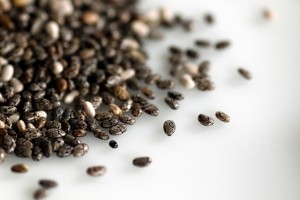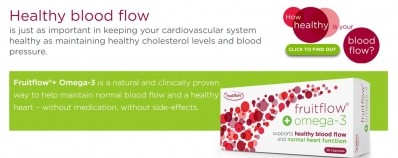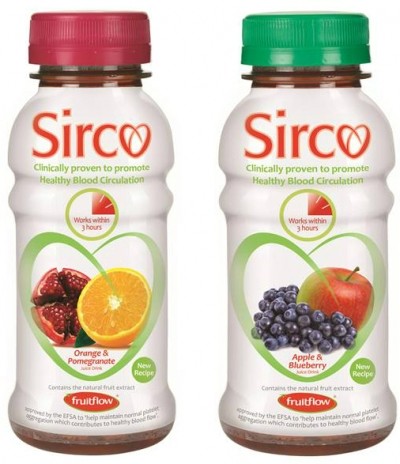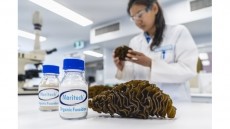Special edition: 25 years of functional foods
Functional Foods 2.0: Beyond the nutritional shoehorn...
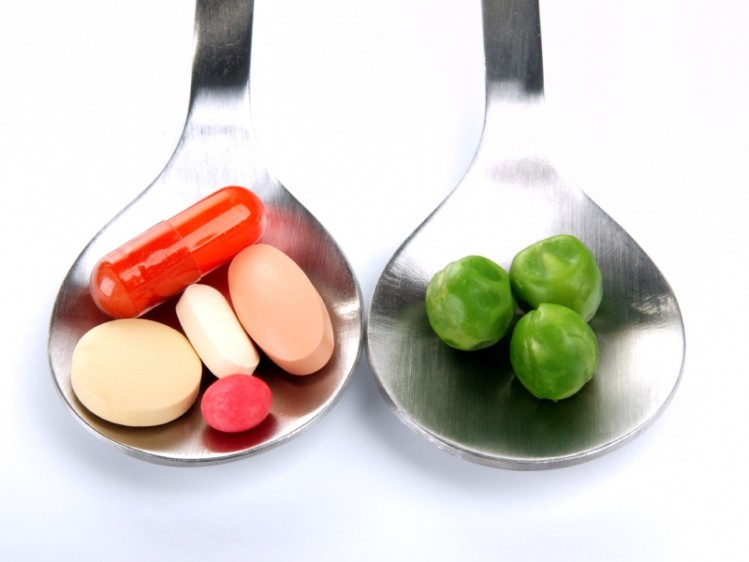
From the 1990s until about 2010, many companies put ‘functional’ before ‘food’. But this period is over. Today, it’s ‘food first’ with ‘functional’ in second place.
In the era of Functional Foods 1.0, companies tried to shoehorn ingredients such as plant sterols, omega-3s, conjugated linoleic acid (CLA), coenzyme Q10, glucosamine, GABA – to name just a few – into foods in order to market medicalised benefits, such as lowering cholesterol or supporting joint health.
With the notable exception of probiotics, 95% of the functional food NPD of this era was a failure. Who now remembers Tropicana orange juice with added omega-3 fish oil or Muller omega-3 yoghurt? And of those that survive, such as Elations juice for joint health, sales are at a niche level.
We have also learned that securing a health claim – even from as tough a body as the European Food Safety Authority (EFSA) – might be of no commercial value if the benefit you are offering has only limited appeal.
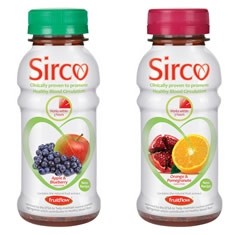
The Fruitflow ingredient technology for example – based on a tomato extract – is backed by robust science and was the very first to secure a proprietary (article 13.5) EFSA-approved claim. But the juice brand that contains it, Sirco, sells at an ultra-niche level – because Sirco’s medicalised benefit of better blood circulation is of interest to only a few people. And if you have a medicalised problem, chances are that you and your doctor will turn to drugs as the safe solution, not functional foods.
Avoid supplement-drug competition
In Functional Food 2.0 wise companies avoid positioning foods as a competitor with food supplements or with drugs. Instead the emphasis is on what consumers really want – which is ingredients and foods that are “naturally functional” and make a logical fit with foods.
As a result, since about 2005, naturally functional has become the key driver of innovation in health.
This is what lies behind the massive success of almonds as an ingredient as well as coconut water (from zero to a billion euro business in the west in seven years) and growing demand for quinoa, chia, blueberries, oats and many, many others.
But how can you predict which foods and ingredients will be a success? They are the ones that:
- Have some intrinsic health benefit – or benefits – based in science (even if that science is not strong enough to secure a health claim).
- Make a connection to some of the key trends, such as free-from, higher protein and digestive wellness.
- Get positive media attention for their “naturally healthy” value.
- Have a perception in consumers’ minds of being “natural”.
An example is chia. Its growing importance as an ingredient that is recognised by health-conscious consumers is based on rational factors, not just marketing:
- Chia has several natural healthy properties, including: High in fibre; a good source of minerals; high in protein; a source of omega-3, and gluten-free.
- These naturally healthy properties make it appealing for journalists and bloggers compiling lists of superfoods and it is described as a “good grain”.
In Functional Foods 2.0 companies can choose one of two directions for their strategy:
- Products with strong medicalised benefits and health claims, usually selling on a high-value, low-volume niche basis in pharmacies or as medical foods.
- Foods that have “naturally healthy” ingredients, often don’t carry any health claim and can be found in the supermarket or health food store.
Companies choosing the first route need to adjust their sales expectations downwards and focus on the challenging task of creating effective, targeted communications.
How to lay functional food golden eggs
The failure of hundreds of functional food brands over two decades has produced some very clear Golden Rules that any company can use. Here are a few:
- Taste, texture, convenience and packaging design all matter more than the health benefit you are offering. It’s important, but it's just one element of many that contribute to success.
- Ingredient, benefit and product type must together make sense in the mind of the consumer. For consumers, probiotic yoghurt for digestive health, or high-fibre bread, make sense. Probiotic pizza and high-fibre chicken (yes, companies did really launch such products) do not.
- Consumer beliefs about health are diverse, meaning that markets are fragmented. Start by targeting a clear niche and – given time and hard work – aim to build up from there.
- Consumers’ own beliefs will have a bigger influence on which foods they choose than any health claims, no matter how good the science behind the claim.
Big growth opportunities
The second area is where the big growth opportunities lie. This is where you find entrepreneurial brands like Kind and Clif Bar, which have gone from start-ups to major players by delivering health and wellness in forms people really want.
In Functional Foods 2.0 almost no one believes the old myth from the 1990s that functional foods is some special place “between drugs and supplements and food”. In the mind of the consumer food is “food first” – unless it’s a specific medical food. As a result, any strategy that puts your functional food in direct competition with drugs or food supplements increases your risk of failure.
To succeed, focus on benefits where food and beverages have a competitive advantage and where the ingredient and benefit are a logical fit to food (as with dairy and protein or fibre for digestive health), or which seem, in the consumer’s mind, a “more natural” way of getting the benefit. The fastest-growing companies are the ones that do just this.
